
DIY Dishwashing Liquid
Juliette van der MeerAre you looking for a non-toxic, easy to make, waste and plastic free swap for conventional dishwashing liquid? Then you just hit the jackpot.
Why We Do not Use Castile Soap in Dishwashing Liquid
If you Google a DIY dishwashing liquid recipe you will come up with countless ones that make use of castile soap. Castile soap is used in recipes promoted by many popular DIY blogs, and while it does work, I choose not to use it for a number of reasons:
- It does not work well in hard water (which I have, and everything I make gets tested in. So if it's not working for me I'm not going to share it with you!)
- Castile soap is a high pH soap. It therefore might not be ideal for every purpose, eg. plates that come into contact with food. Will a tiny but of soapy residue harm me? Probably not. But do I actually want to use soap when I could use something else? Nope, not really.
- Knowing of a more viable alternative, I like to formulate with surfactants. Their purpose is to clean, without being true soaps. They work in all sorts of water types, they are pH adjustable, they clean well and don't leave a residue, are biodegradable and non-toxic and they are easy to work with. Perfect!
How did we Get the Formula?
Any dishwashing liquid formula needs a couple of properties:
- it needs to clean well and cut through grease
- rinse off easily
- be cost effective
- a decent consistency (would be nice, so we will need to thicken our formula slightly)
For our dishwashing liquid recipe, I chose Decyl Glucoside and Cocamidopropyl Betaine as the surfactant blend. Decyl glucoside foams up quickly but doesn't last too long, just what we need to wash and rinse dishes. The Cocamidopropyl Betaine adds some gentleness, helps lower the pH of the Decyl Glucoside and even adds some viscosity (meaning thicker and more flow resistant).
After a bit of playing around, I found that about 10-12% surfactant blend was just right for giving enough cleansing power and foam, but also rinsing away easily. You can round it off to 10% if you find that number easier to work with. A small sprinkle of Xanthan Gum was sufficient to thicken the dishwashing liquid into a good consistency.
High performance, good foam, easily washes off. Check, check, check. And at just 10-12% usage, our surfactant blend works out pretty economical too.
Eco-friendly Dishwashing Liquid
I've added percentages to this recipe so you can scale it up if you like. Don't worry if you miss the amounts by a bit, this recipe is pretty stable. You can increase the amount of surfactants used if you regularly work with heavily greasy pots and pans, but I find the current formula to be quite sufficient for your average dishes.



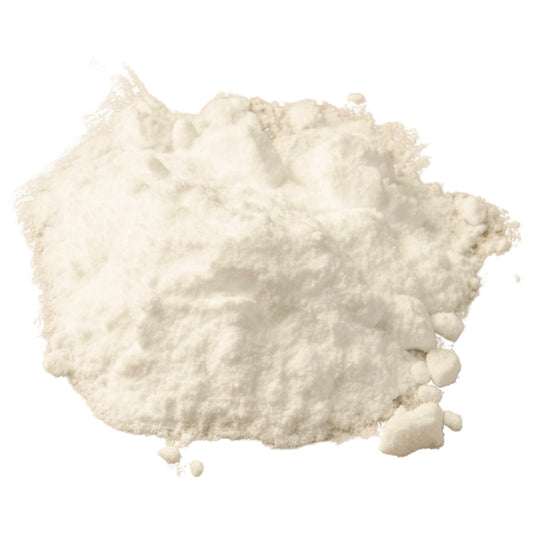
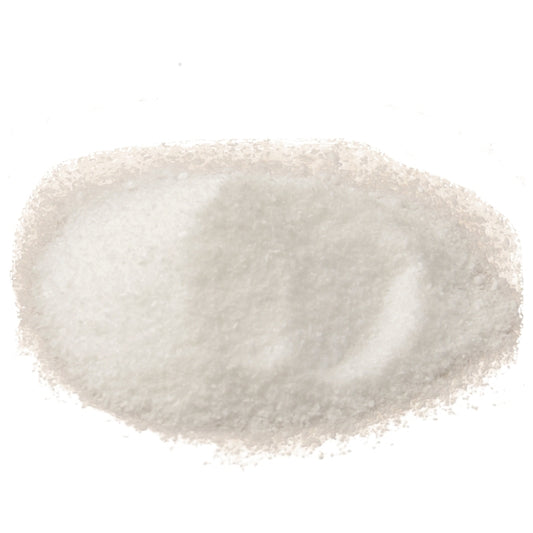
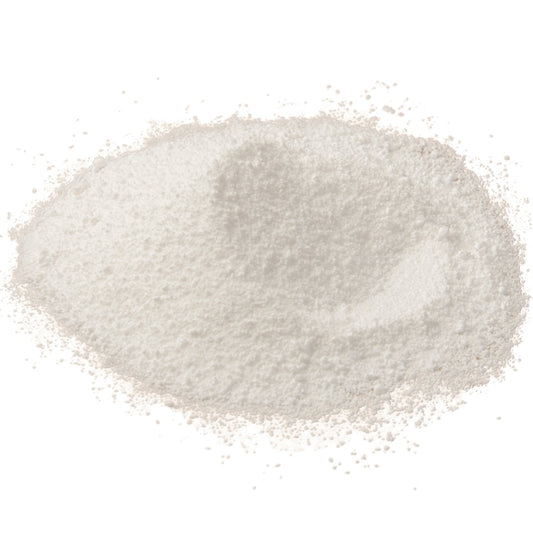
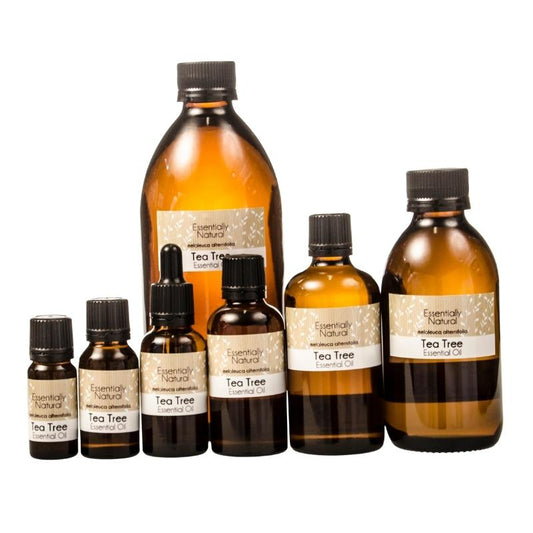






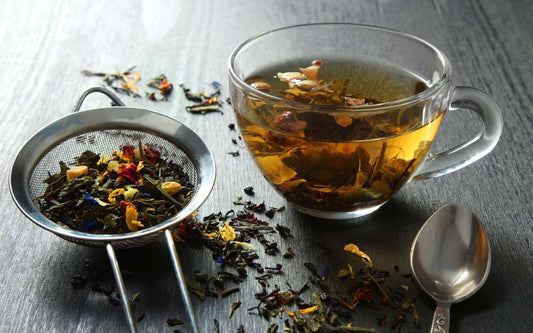







19 comments
Hi there Venenessa,
Thank you for reaching out :)
Yes, we completely understand the instinct – food-grade preservatives should be used in products that come in direct contact with food, like food packaging or certain food products. The thing is household items like dishwashing liquids usually don’t need to adhere to food-grade standards because they aren’t intended for consumption (i.e. washed off completely), but they should still be safe and effective for the intended purpose.
Geogard 221 is a well-suited preservative for the dishwashing liquid because it is effective in water-based systems and safe for cosmetic products.
With that being said, if you do prefer using food grade preservatives, a combination of Potassium Sorbate and Sodium Benzoate would serve you well.
We hope that helps and wish you all the best with your formulations! <3
Kindest Regards,
Essentially Natural Support
Thank you so much for the amazing post … I was wondering if there should be any concern with using a cosmetic grade preservative in the formula? I only have cosmetic grade at the moment but I was wondering whether a food grade preservative could be used, and if so, what would you suggest?
Hi Emily,
Broadly speaking we can assume 12-24 month preservative action from whenever the preservative is added, irrespective of how close to its BB/retest date it is.
Hi, my preservative eco is 3 months out of the best before date – will it still be effective? Thanks, Emily
Hi Susan, If you’ve just made it, it may need a few hours to settle as sometimes bubbles and air get whipped up. It should clear up over night.
If you want it thinner you can add in more water